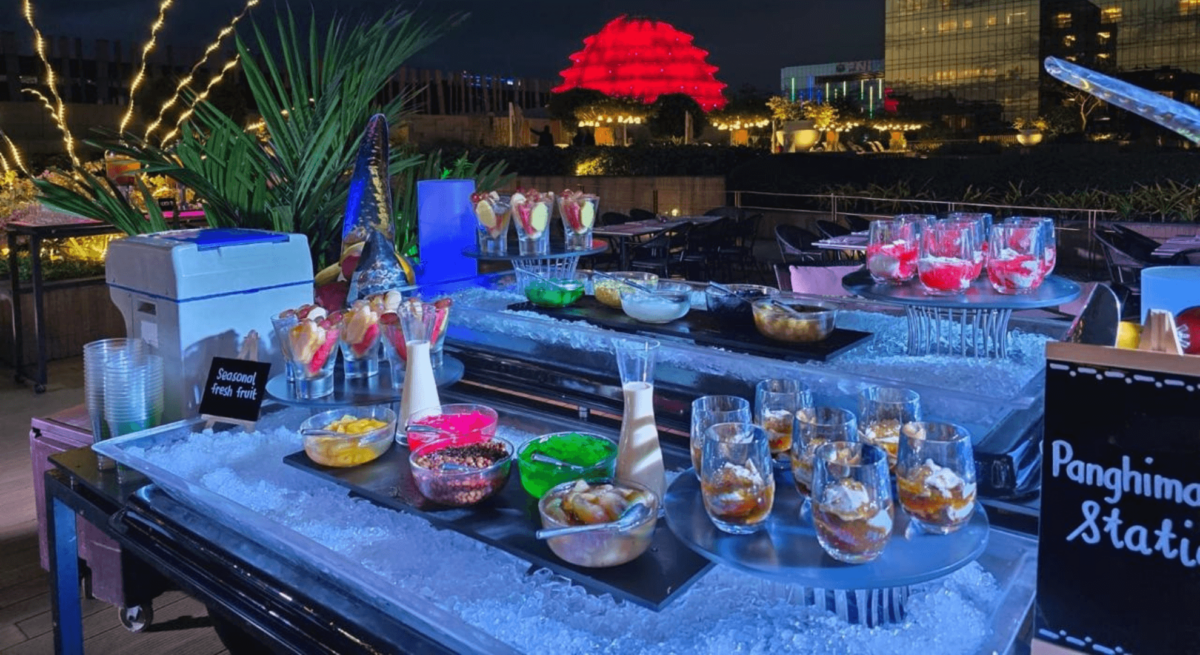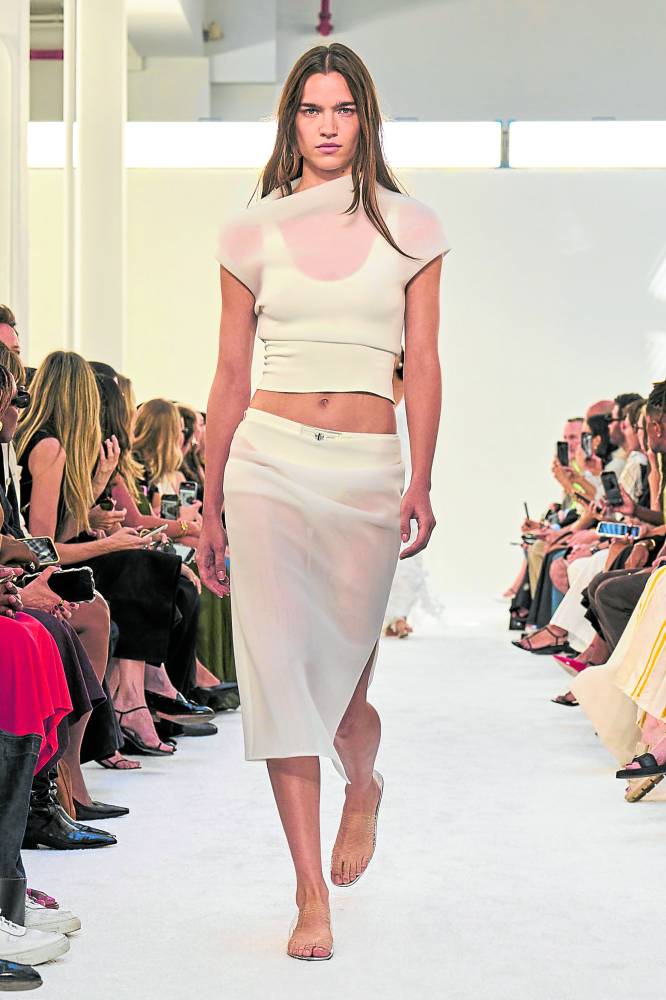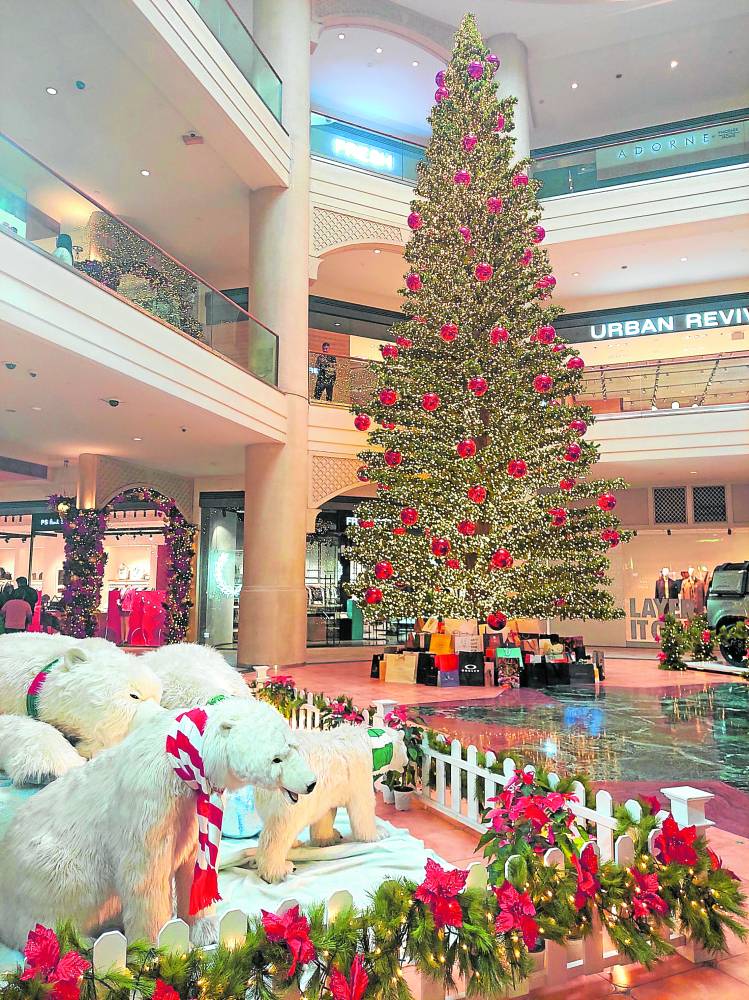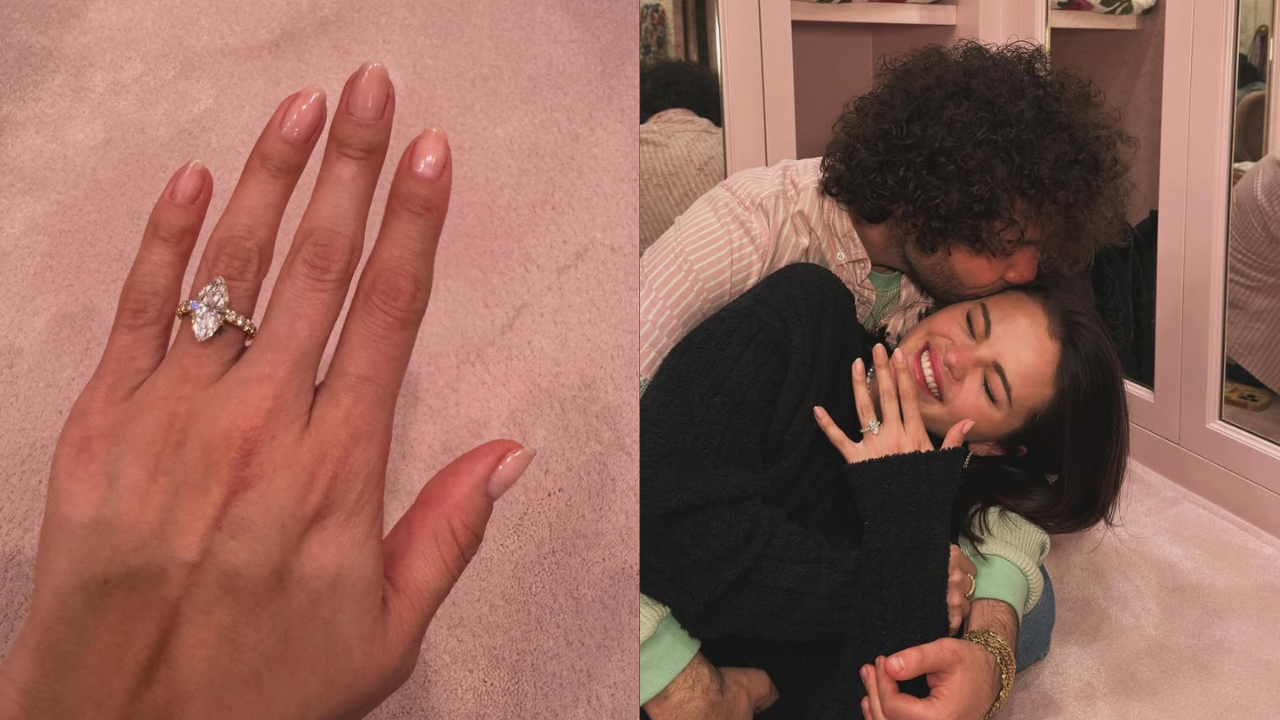In the US alone, the trillion-dollar fashion industry dumps 12 million tons of textiles and footwear into landfills per year, making clothing producers the second-largest contributor of waste next to Big Oil. To address the disturbing statistics, retailers are pursuing greener methods of production and distribution. But being “eco-friendly” can mean many different things. From using organic materials, to upcycling old garments, to transporting products by sea rather than by air, to disclosing pollution numbers—the terms can be a bit vague.
Companies aren’t necessarily using these terms just for their marketing value.
Brands really are making a conscious effort to better the industry’s impact on the planet. Earlier this year, Pablo Isla, the CEO of Inditex, which owns Zara and is one of the world’s largest fashion conglomerates, told Business of Fashion: “We feel we know our responsibility because of our size and influence in the sector…and we want to play a leading role [and] have the resources to go ahead with all these initiatives.” Here’s a closer look at the retailers who put substance into the trendy buzzwords—and in the process, make a difference.
H&M
H&M with their Close The Loop line produces upcycled garments collected from consumers. In fact, for every old pair of jeans you turn in this month, H&M Philippines will give you 20% for each new denim purchase. The mega-brand launched the campaign with an in-your-face video that encourages consumers to pursue a long list of fashion faux pas (socks and sandals, short skirts after 40, etc.), only for the gruff narrator to say, “There are no rules in fashion but one: Recycle your clothes.” Text appears when the audio fades out, informing viewers that 2,100 liters of water is saved every time a shirt is reworn, repurposed as cleaning cloth, or given new life as textile fiber. In addition to Close the Loop, H&M’s Conscious Exclusive is the elegant counterpoint, offering gala dresses, tuxedos, and much more in organic or recycled fabrics. Even their new beauty line is eco-friendly, too!
Uniqlo
This label has a strong history of being purposefully good to the environment. Not only have they pledged to eliminate toxic chemicals from their entire supply chain and products, but in the Philippines, they introduced a re-jean swap. During this occasional promo, the most recent one was on the last weekend of August, customers were given a P1,000 voucher for any pair of jeans, regardless of brand, that they handed in at the stores.
“We are not fast fashion. We are in a different league from fast fashion,” says Uniqlo Philippines chief operating officer Katsumi Kubota. “Fast fashion is for people who change fashion at a very fast pace. [With Uniqlo] it’s not like you wear it then throw it away. The quality is good, good enough that you can wear [the clothes] for several years, actually.”
“One thing that we care about is maintaining the quality result in the manufacturing side,” he continues. “We try to minimize loss. The loss is huge if you do not control the manufacturing process.”
Zara
From production, to transportation, to distribution, Zara has the earth’s interest in mind. Their clothes, which are made from organic cotton and other “ecological fabrics,” are transported using bio-diesel fuel, and sold in stores across the globe that save energy and recycle. They’ve also ranked relatively well on the sustainability scale created by Rank a Brand, an independent brand-comparison website that provides consumers with unbiased information about the eco-friendliness of retail brands. They do this using intensive research, which they break down into a “report card” on the site.
Muji
In addition to using sustainable products such as dye from indigo plants, the Japanese retailer has a humanitarian slant. They opened an eco-friendly dyeing plant in Cambodia, creating much-needed jobs in the country. The company also makes it a point to use local resources from their production sites (wool from Kyrgyzstan, soapstone from Kenya, etc.) in order to minimize transport’s carbon footprint.
Other local brands don’t seem to fall short on these efforts towards sustainability, too.
Susi Studio
Bianca Moran, the Filipina behind the 100 percent vegan and gluten-free restaurant Susi, has started a line of vegan footwear called Susi Studio, which is set to launch at the end of the year. Their products are made from hemp, coconut husk, cork, organic cotton, and recycled plastic. As their tagline says, they “give a damn.” The SusiStudio.com website provides you the photos and prices of these footwear.
Vivien Ramsay
Designer Melissa Dizon Ramsay (who discovered, as an adult, that her birth name is actually Vivien) is passionate about eco-friendly fashion. Her previous line Eairth used “colors extracted from 100% wild flora” from the Philippines, and her eponymous line uses dyes derived from almond leaves, madder plants, and even coffee husks. Since the launch of Eairth in 2007, she’s been a force in eco-friendly fashion both locally and internationally. Her full and most collection can be seen on her website Vivienramsay.com.
ANTHILL Fabric Gallery
This Cebu-based fabric distributor specializes in indigenous textiles that are ethically sourced, provide jobs for women in need, and bring timeless Filipino tradition into the present day. By providing Filipinos with a completely local alternative, ANTHILL reduces waste in transportation (Remember those pesky carbon emissions!). To know more about ANTHILL, their website and Facebook page fill you in with the details.
Though each of these brands are making their own small steps towards being truly beneficial for the environment, together, they are beginning to change the trajectory of the industry as a whole. And yes, this can be made more achievable with the help coming from the consumers’ end—to acknowledge all these efforts from the brands and to be more conscious shoppers on what we buy. However, for fashion to change its status as world’s second-largest producer of waste, more clothing manufacturers will have to follow suit.
Art by Dorothy Guya




















































